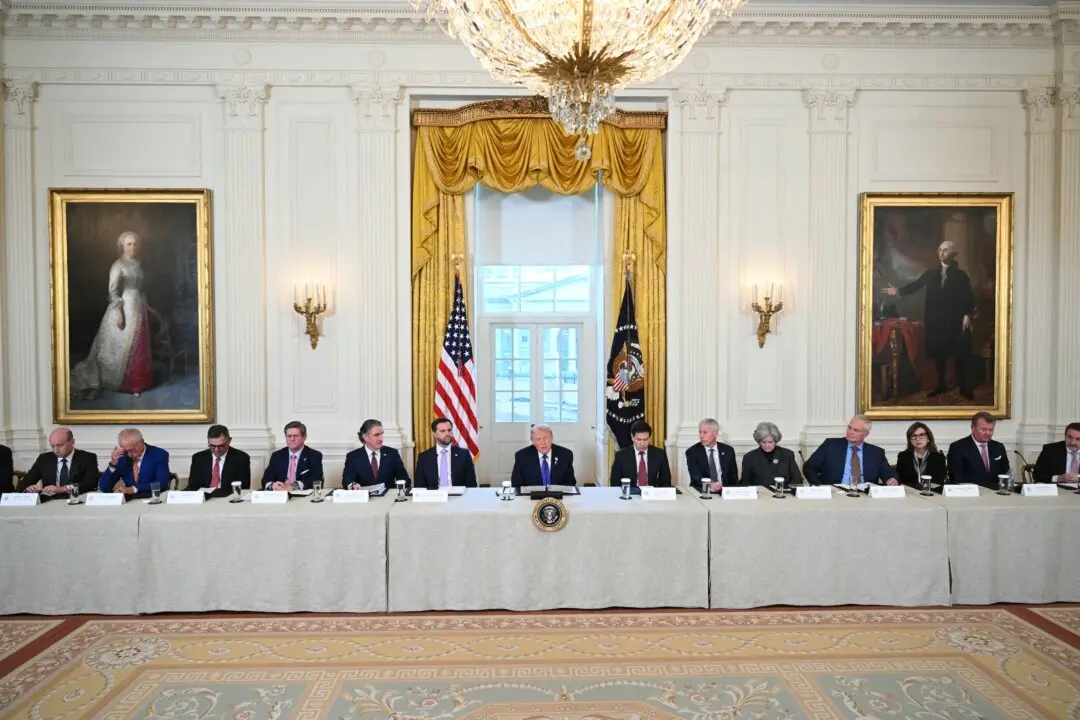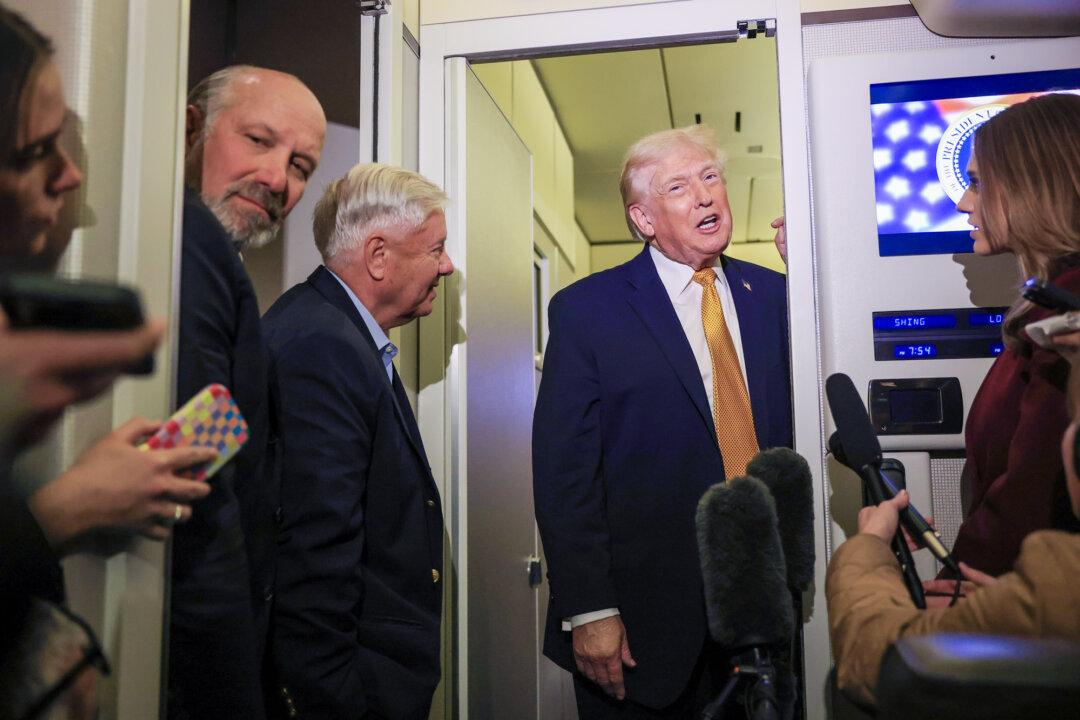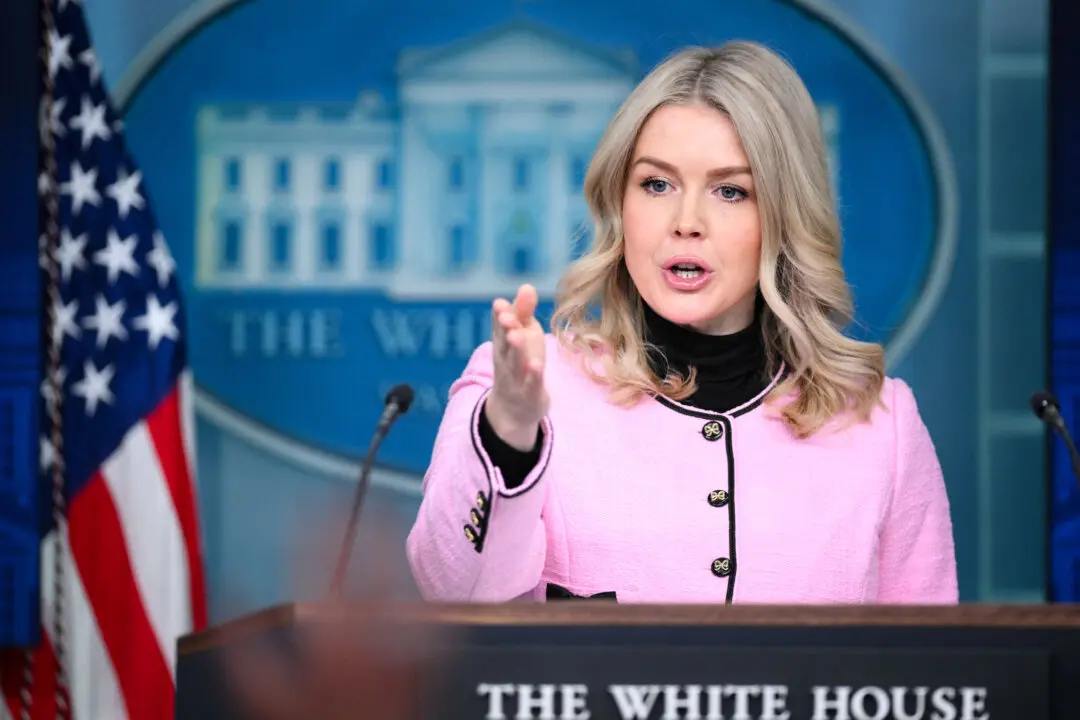WASHINGTON—President Donald Trump said on Feb. 12 that he is “extremely unhappy” with the tentative deal reached by congressional negotiators. However, he said he would not accept another government shutdown.
“I’m extremely unhappy with what the Democrats have given us. It’s sad,” he told reporters at a Cabinet meeting. “They’re doing the country no favors. They’re hurting our country very badly. But we certainly don’t want to see a shutdown.”




